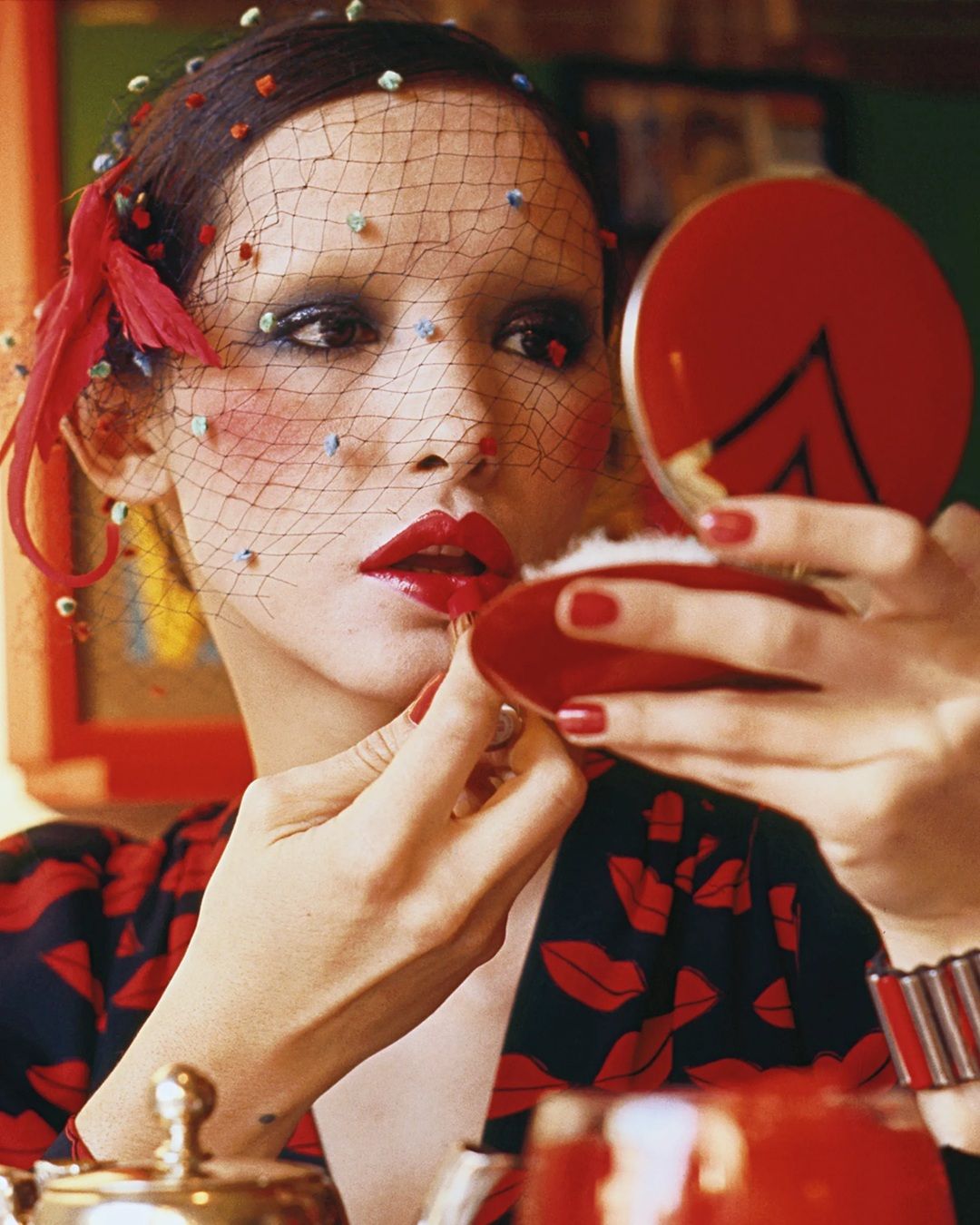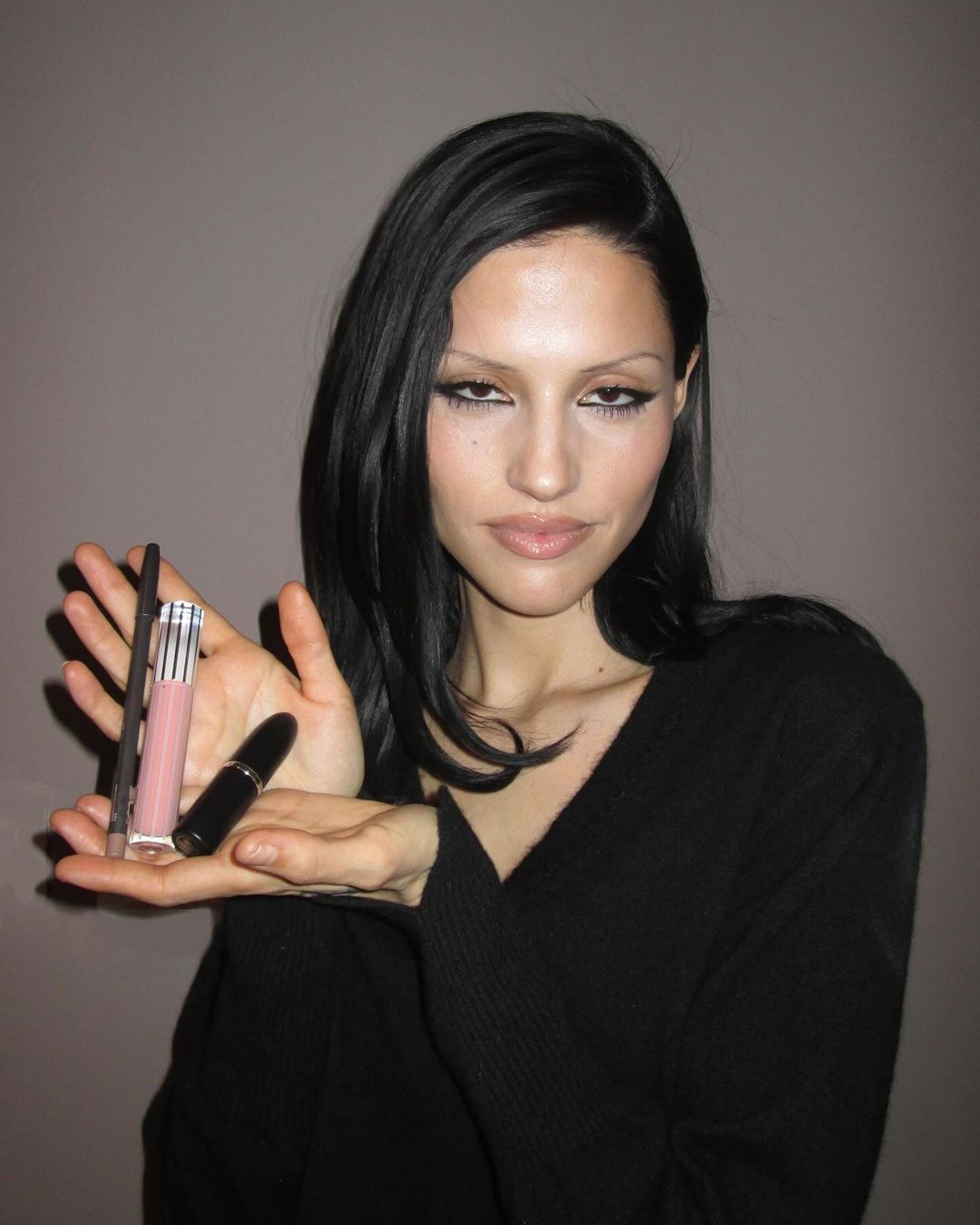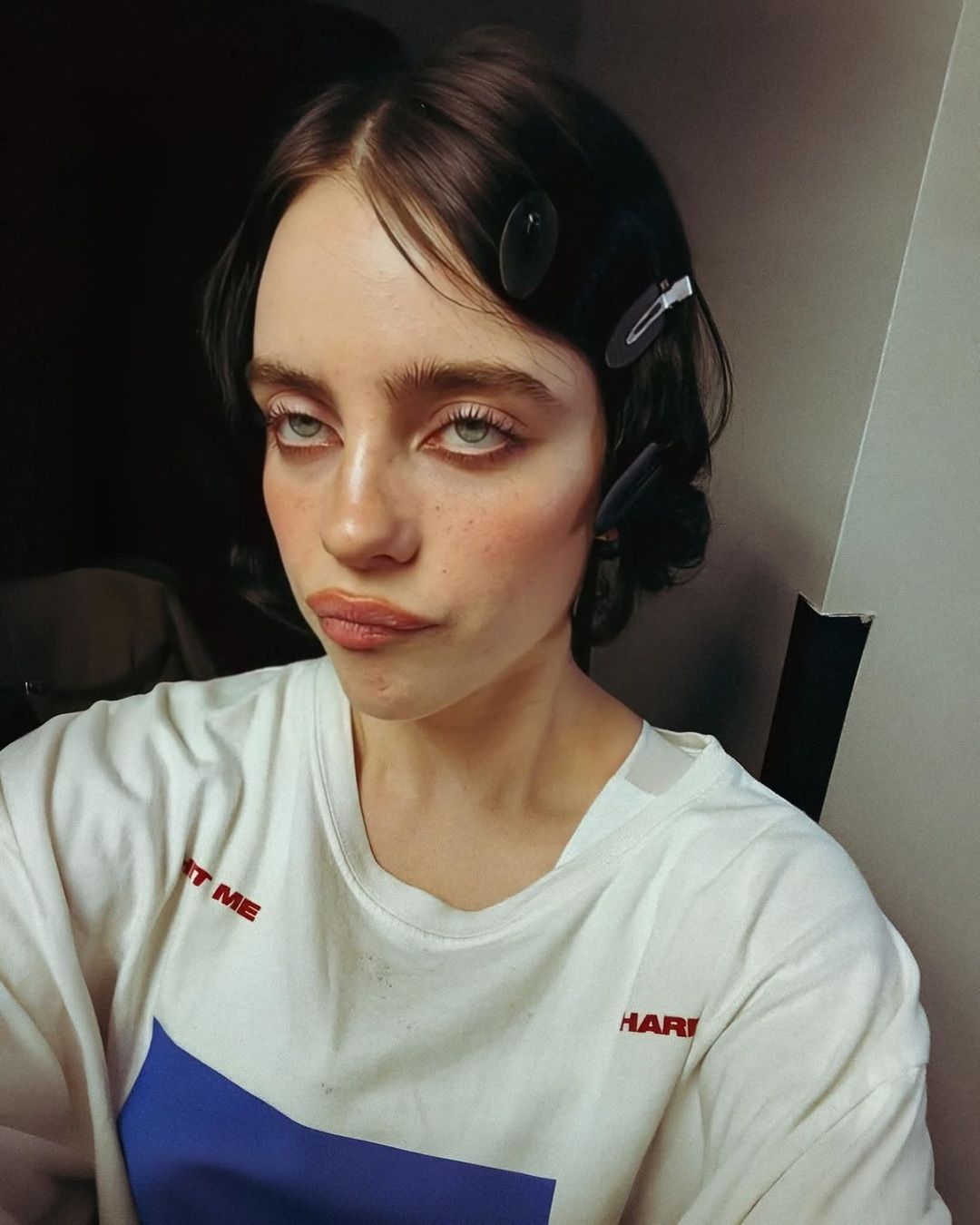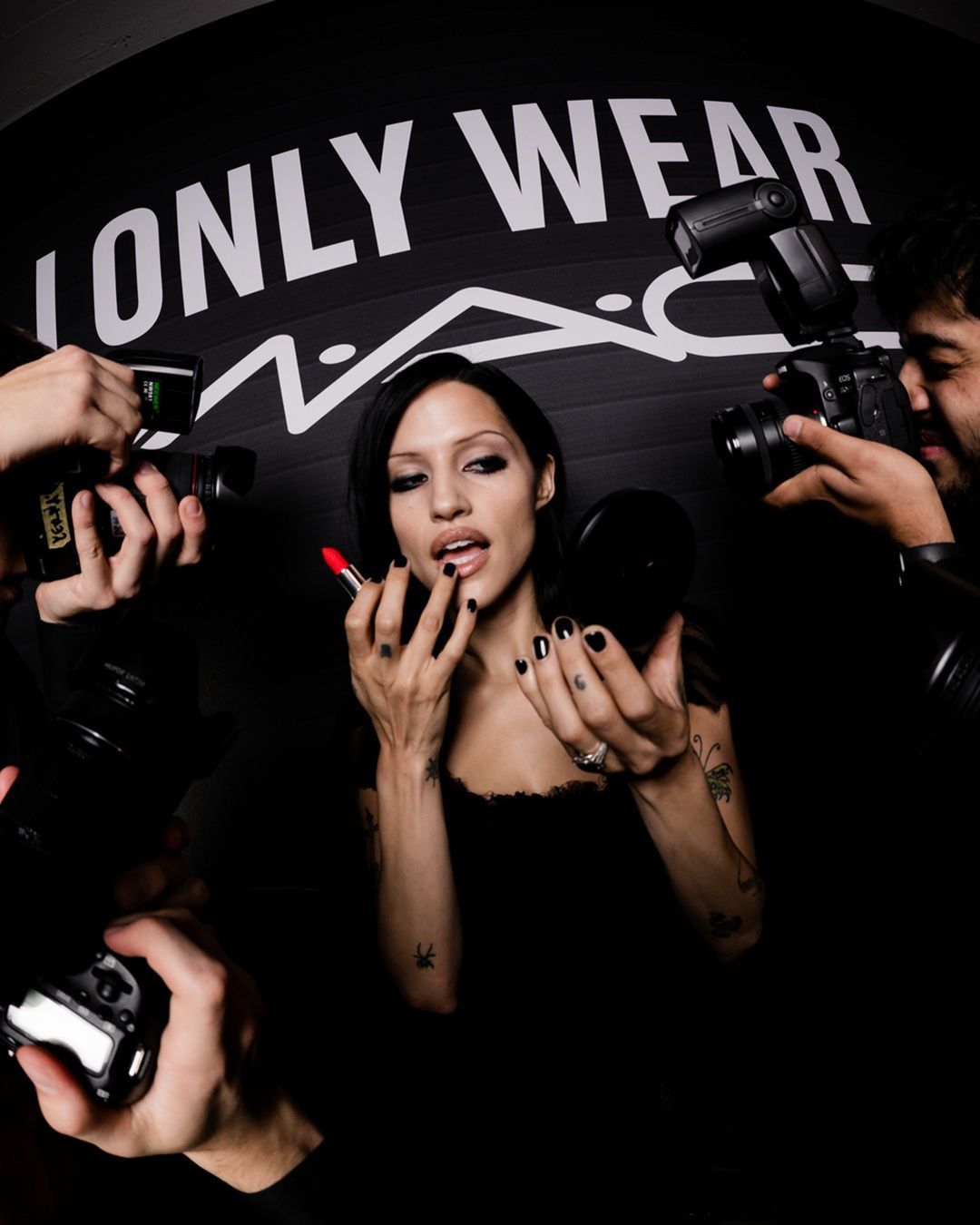
The evolution of the social role of makeup From ancient Egypt to Euphoria
The use of makeup has distinguished societies for more than 6,000 years and is closely linked to the values of each individual culture. Very often seen as a superficial practice, the art of make-up is actually a social art that can tell many facets of a historical period and those who take part in it.
In 3000 B.C. the Egyptians used to dye the outline of their eyes with "kohl," a powder whose dark color was able to defend them from sunburn. From shades of green and black, the khol was spread along the eyes so as to grasp an elongated shape, thus recalling the animal sacred to the people: the cat. "Egyptian society was indeed highly influenced in many practices of daily life by religion, and the fact that makeup was a means of celebrating it and identifying with it charged it with a great deal of expressive meaning, making it anything but something merely aesthetic: it reflected their beliefs." The Egyptians shaped the history and perception of make-up to such an extent that even today, thousands of years later, their aesthetics still influence modern trends. Just think of the cat-eye, originally practiced by Egyptian queens such as Cleopatra, now frequently worn by anyone who wants to lengthen the cut of the eye for a "cat-like" effect. Perfect for those with round eyes or those who want to mark their features, this technique turns out to be undoubtedly timeless, still defining the stylistic identity of well-known aces faces such as Julia Fox's.
Another connection between makeup and cult is hidden behind the famous "Oshiroi make-up" worn by Japanese geisha. In fact, these artists, thanks to this makeup that resembles a mask, elevate themselves almost to divinity, being able to feel untethered from their earthly identity in order to enter into perfect harmony with the arts they practice. (A. Pretelli- I segreti della geisha,2001) The white foundation, called oshiroi, is made from water and rice powder, and is spread over the entire face almost as if to make the geisha "forget" her initial identity in order to bring her closer to her role. This make-up practice, which from the outside may be difficult to understand, actually still characterizes Japanese culture today, where many of the common aesthetic canons have their roots in traditions such as this. A further characteristic feature is the lipstick, the Kyo Beni, which, depending on how it is applied, identifies the degree of geisha experience. Strictly red, it is worn in the central part of the mouth by apprentice geishas and all over the lips by the more experienced ones. (Article http://giornalionweb.com- History of Make-up in Japan) Even today, the scenario in Japan and neighboring countries differs in the maniacal obsession these people cultivate with skincare and complexion, which must be clear and smooth as per tradition. This is confirmed by the many Japanese and Korean skincare trends that have exported and made known to the world the facial care secrets of these areas of the world, characterized by massages, tonics, and brightening foams in order to possess clear and smooth skin. (Vogue 2017: Beauty according to the age-old Japanese tradition).
Even in the many African tribes, each with their own peculiarities, makeup and pigments play an important role within society. The colors with which they dye their faces are produced using dried plants and flowers to which the people attribute important meanings and roles. (AL ARABIYA: African tribal make-up: What's behind the face paint?) In fact, men once made up wear the meanings attributed to certain colors, thus narrating through their faces, with symbols and coloring, belonging to a specific family rather than religious or military intentions. The uses of makeup are thus multifaceted: from religious celebrations to the need to define one's status or to seek protection. (Afroculture.net study) In fact, makeup in some regions of Africa takes on multiple functions of extreme importance within their societies, punctuated by rituals and celebrations enshrined in makeup and colors. Characterized by earthy hues, such as red and khaki, and graphic designs on the eyes and face, makeup of African origin is now entering the Western scene, anticipated by the already well-known passion for afrostyle hair, made famous by numerous stars who like to wear braids while passing countless accusations of cultural appropriation. (Wix.com: Origins of tribal makeup)
Today, with the advent of social media and globalization, it is rare that the use of make-up has such distinctive and diverse characteristics based on geographic area. Make-up artists and, more generally, those who upload photos of their makeup creations to the web, influence and are in turn influenced by trends from the other side of the globe, creating contamination of styles and techniques that vary according to personal taste, rather than geographical area. Indeed, we can say that nowadays there are trends or styles, rather than actual traits, that distinguish the makeup techniques used in the most globalized countries. (The Vision, 2018: The globalization of aesthetics// Harari: 21 lessons for the 21st century)
It happens frequently, however, that a new trend invades several countries at once, as happened recently with the use of glitter and eye gems following Euphoria tv series. Here, too, success reflects the moods of society and its beliefs between obsessions, toxic addictions and bonding that make one grow apart, makeup accompanies the storyline and quietly expresses intentions and desires. Indeed, the series' make-up artist was able to reinterpret glitter in a dramatic key, giving new life to these decorations previously used to adorn faces on light occasions and even in childish settings. Gems and colored eyeliners acquire an emotional charge, opposing beauty schemes that emphasize only features, to claim character, emotionality and personality. Reduced by the lock-down and aware of the difficulties of the historical period we are living through, many have felt identified with this new aesthetic expression that is a way of getting noticed and asserting themselves, breaking the mold and the canons, each with their own background of difficulties.

























































